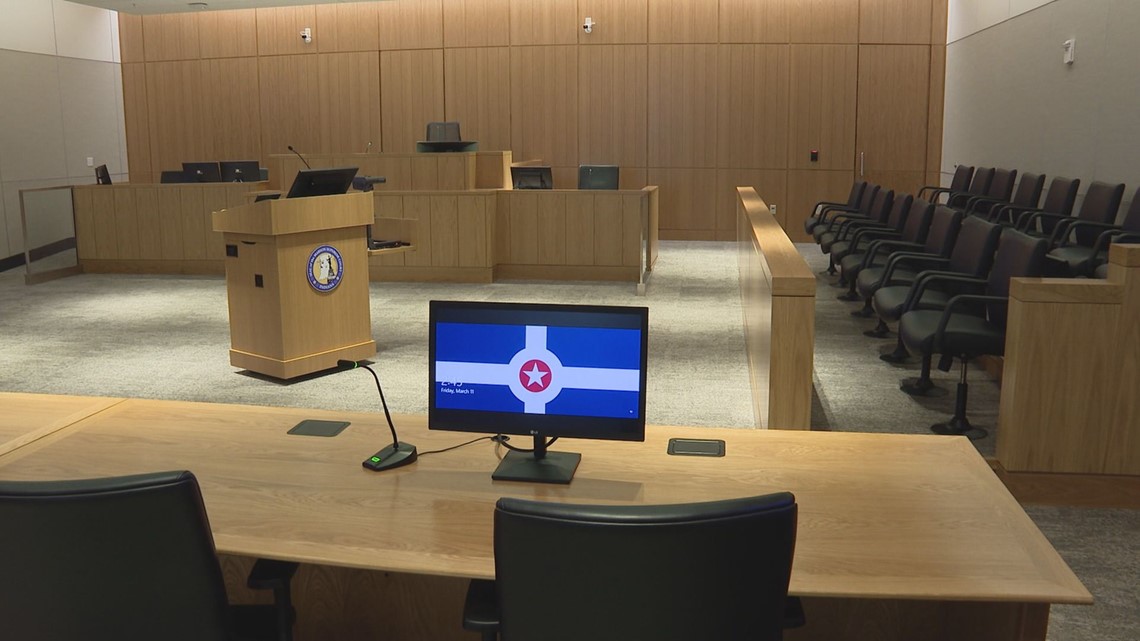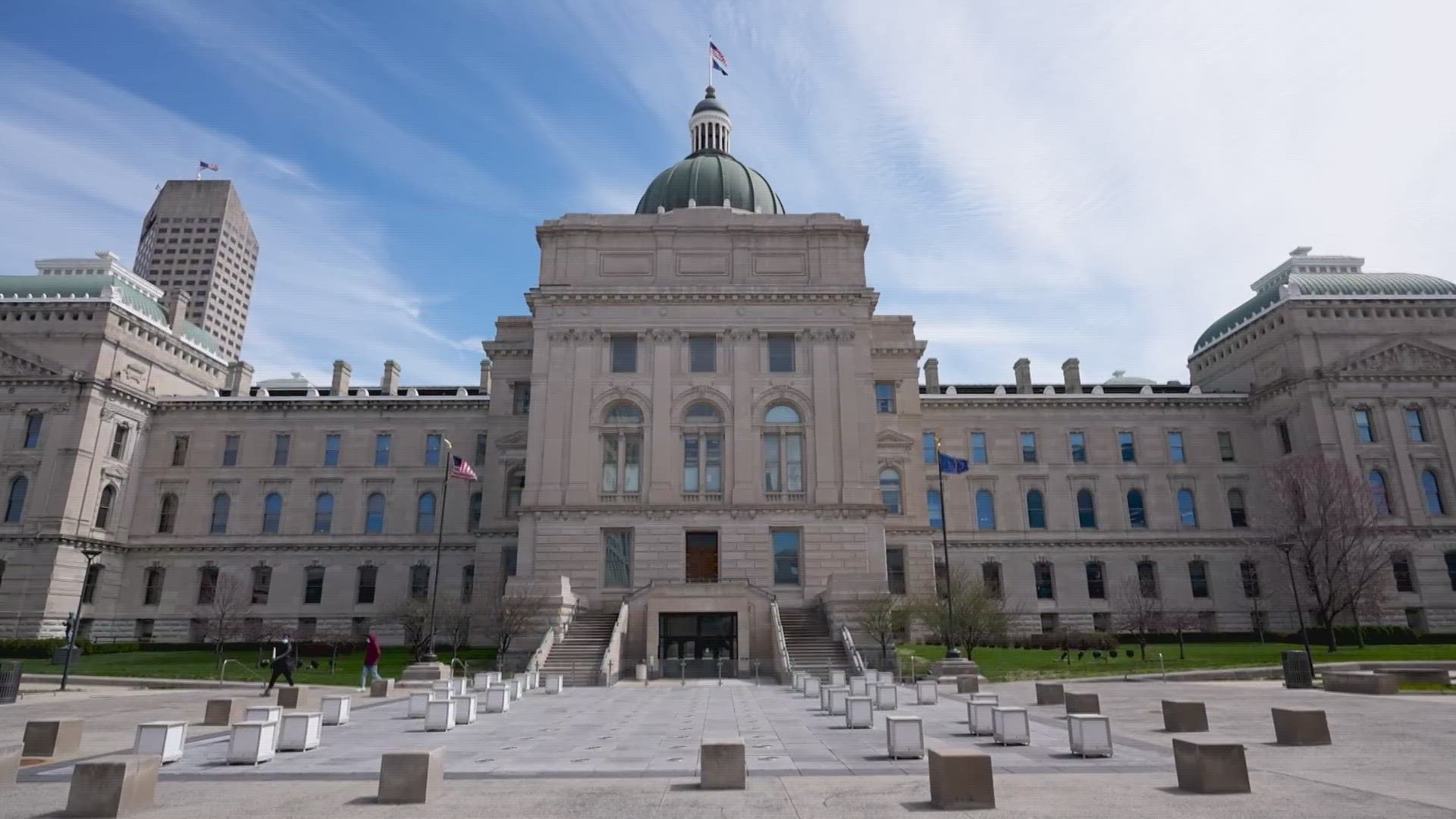INDIANAPOLIS — August marks three months since the Indiana Supreme Court moved to allow media cameras in Indiana courtrooms.
Now, one Marion County judge is weighing in on what the decision means for Hoosiers.
For decades, cameras in courtrooms nationwide have given Americans a front-row seat to some of the biggest moments in modern history.
"Well, they say a picture is worth a thousand words," Indiana Broadcasters Association Executive Director Dave Arland said. "Maybe video is worth a million words."
"Until this year, we really haven't had the eye of the camera in the courtroom to tell that story," Arland said.
That was until May 2023, when Indiana became one of the last states in the nation to allow cameras in courtrooms.
Arland called it a "landmark decision."
"This is the way that it's supposed to work in our democracy," Arland said. "We are to have visibility on the mechanics of government."
That includes the Marion County Judge Marc Rothenberg, who serves on the bench with more than 20 years of experience.
"I have a passion for both keeping the integrity of law and the rule of law," Rothenberg said. "I felt the best way to do that would be judicial officer."
Throughout his career, Rothenberg has considered himself an advocate for technology in the courtroom.
"I do think while the rule of law stays the same, the practice of law should evolve, how it's presented should evolve," Rothenberg said.
The judge even helped coordinate all the new tech inside Marion County's Community Justice Campus, where most cases are open to the public.
"We have an open court clause in the constitution of the state of Indiana," Rothenberg said. "That allows anyone to come in."


With that in mind, Rothenberg said cameras in the courtroom offer two main benefits for Hoosiers.
The first is transparency.
"I think it means more access," Rothenberg said. "It means that you are going to get to see some of the news being made."
Arland agrees, adding, "It's an opportunity really for more transparency in a level of government that we think is pretty important."
The second benefit, according to Rothenberg, is peace of mind for Hoosiers who may get called to show up in court, either for jury duty or as a witness.
"Participating in the legal system isn't necessarily a bad thing," Rothenberg said. "I think it will help relax that situation, and again, give them more confidence in what we do with the justice system."
Under the new law, media crews are limited by what they can and cannot show. Plus, media outlets must pool video from one camera to lessen the distraction in the courtroom.
"This is a very serious matter," Arland said. "That's why we're trying to follow the rules as they are presented."
Additionally, it's up to each judge whether or not to allow cameras.
"The judge, actually, under the rule, can say no," Rothenberg said. "But they are the only ones that can say no."
Advocates like Arland say when it comes to technology in the courtroom, what is new is actually old.
"Having a camera is no different than having a sketch artist or having a reporter in the courtroom," Arland said. "It is just a tool of the trade."
Over his decades of experience, Rothenberg said some days are better than others.
"I have heard and seen about everything you possibly could," Rothenberg said. "It does weigh on you at times, but it is, in my opinion, the best job in the entire world."
Rothenberg said it's hope for the future, in justice and in technology, that keeps him coming back.
"I would expect coverage like we've never seen before," Rothenberg said. "I think that's a good thing. I really do."
"We are really grateful for the court to finally open the door to allow the public's eye to be right there in the courtroom," Arland said.

